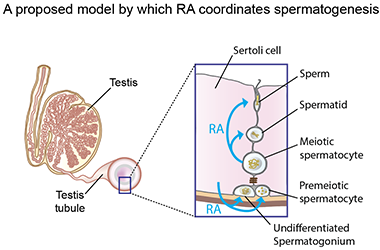Zealandia, which separated from the supercontinent Gondwana 60 million years ago, has been almost entirely underwater. Not until 2017 was it officially recognized as a continent. Now, it has become the first continent to be entirely mapped, uncovering some new secrets. Mapping any continent is challenging due to the underwater shelves, but with 95 percent of Zealandia submerged, it was particularly difficult.
However, an international team of scientists managed to complete the mapping of the 5 million square kilometer (1.9 million square miles) continent. According to the team’s paper, it is the first time that a continent’s basement, sedimentary basins, and volcanic rocks have been fully mapped out to the continent-ocean boundary. Prior research revealed that Zealandia’s crust is thinner than most other continents, but the cause of the thinning process was unclear. The new study’s magnetic surveys uncovered basalt lava rocks, indicating a giant volcanic region that once existed.
The region is believed to have erupted between 100 and 60 million years ago, coinciding with Zealandia’s separation from Gondwana. Lead author Nick Mortimer explained that for at least 40 million years, molten magma flowed out as the continent stretched and thinned. Co-author Wanda Stratford added that the role of magma in Gondwana breakup had been underestimated until now. The lavas covered an area of 250,000 km2 (96,500 square miles) across the continent, approximately the size of New Zealand itself.
The complete map also revealed the 4000-kilometer-long (around 2,500 miles) granite backbone, known as the Median Batholith, estimated to be between 250-100 million years old. The next steps for Zealandia include further exploration and discovery of the major geological events that have shaped the continent. The study has been published in Tectonics.
Zealandia Is the First Mapped Continent, Revealing Ancient Facts














